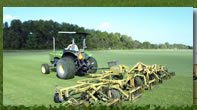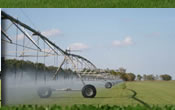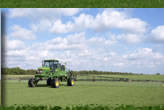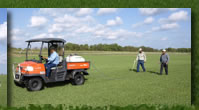| Home
Why Choose Triangle Turf
Triangle Turf Services
Turf Grass Varieties
St. Augustine Grass Sod
Bermuda Grass Sod
Zoysia Grass Sod
Turf Grass Sod Installation
Turf Grass Sod Care
Turf Grass Projects
Meet Our Staff
Turf Grass Links
Turf Grass FAQs
Contact Triangle Turf
Blog |
|
If you need St. Augustine turfgrasses specially developed to thrive in the demanding climates of San Antonio and Austin or anywhere in Central and Southern Texas, please give us a call at 1-800-753-5182 or 1-979-244-2496.
St. Augustine is the most shade-tolerant of the warm-season grasses so if shade is an issue in your project, this might be the variety to choose. It is most commonly used as a lawn grass. Although St. Augustine can be grown in most of Texas, you might have to use supplemental irrigation in Central and West Texas. It may also be killed during a period of severe cold in the northern third of the State. Maintenance requirements are usually low. |
Raleigh St. Augustine Turfgrass Sod
|
|
|
|
Palmetto St. Augustine Turfgrass Sod
|
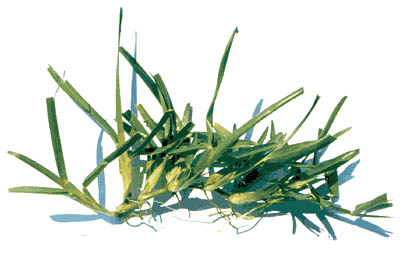 |
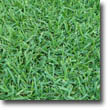 |
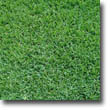 |
Palmetto St. Augustine has a finer textured leaf and stolon when compared to Raleigh. This tighter leaf spacing gives it a thicker look. St. Augustine grasses in general are known for their shade tolerance, and Palmetto has exceptional shade tolerance, even when compared to the most shade tolerant varieties of St. Augustine. In fact, this is the primary reason why palmetto was initially developed in both field shade tests under trees and laboratory testing under canopies of mesh. When several other varieties of St. Augustine gradually declined, Palmetto sod thickness decreased only slightly and maintained a pleasing overall appearance with consistent color among areas exposed varying amounts of light. Palmetto St. Augustine grass can perform well in shaded areas but must be established and maintained properly. Please note that like all turfgrass Palmetto is a living plant, not a miracle grass. |
|
Palmetto will remain green longer than any other variety of St. Augustine, and will stay green much longer than Bermuda grass. Palmetto also greens up very early in the spring. Palmetto has demonstrated very good drought tolerance in field tests (www.american-lawns.com).
Potential disease problems are gray leaf spot in the summer and brown patch in the fall; both of these diseases are enhanced by overwatering and after fertilization. Potential insect problems include chinch bugs. This insect becomes active during hot dry periods. They are first detected by brown patches in the lawn that do not recover after watering. A variety of liquid and granular insecticides are available to control chinch bugs. Make an application to the entire lawn and water thoroughly to eliminate the problem. SEE TIPSHEET FOR ADDITIONAL CARE INSTRUCTIONS. |
|
Floratam St. Augustine Turfgrass Sod |
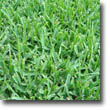 |
|
Floratam St. Augustine grass was released in the early 1970s by the Florida and Texas agricultural experiment stations as a chinch bug resistant turfgrass (hence the name FLORidaand TexasAM). Floratam is a vigorous, coarse textured St. Augustine grass variety. Stolons of Floratam are large, purplish-red in color with internodes averaging 3 inches in length. Leaf blades are wider and longer than common St. Augustine grass. Floratam is not as cold tolerant as common St. Augustine and may suffer freeze damage when temperatures fall below freezing for extended periods. According to James Beard, TAEX turf researcher, tests at A&M concluded it is the most drought tolerant of all St. Augustine grasses (www.american-lawns.com). In recent drought studies it has shown a drought tolerance comparable to Buffalo grass. |
|
|
|
|
|

